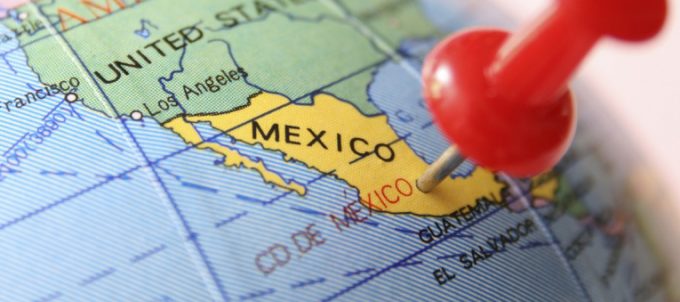Mexican president to launch major expansion at constricted Manzanillo
Mexico’s top container gateway is going to get a lot bigger: on Saturday Mexican president ...

Mexico has been one of the main beneficiaries of the near-shoring trend, but lack of investment and strategic planning is hobbling its potential to support and expand, industry groups warn.
According to the Mexican Chamber of the Construction Industry (CMIC), these shortcomings are already a serious drag on the economy.
“Logistical and transportation deficiencies cost Mexico about 169.3bn pesos ($8.82bn) in 2023,” said CMIC national president Luis Mendez.
And he warned that significant investment in transport and logistics infrastructure was needed.
CMIC wants to ...
Comment on this article